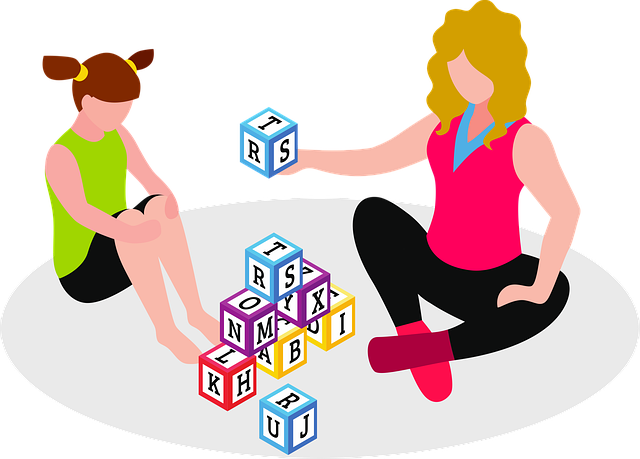When you have a young child with autism receiving ABA therapy, you might be wondering if you can continue the therapy at home on your own. The answer is yes, and there are many different ways to approach this with your child.
- Consider switching to in-home therapy sessions
When a child already receives in-home ABA therapy, continuing therapy at home is often easier. After observing the process, parents usually find it easy to continue the same strategies without the therapist. Since the therapy has already been taking place at home, the child won’t really feel like there’s anything different happening. It’s easier all around for kids to have their therapy sessions at home.
Although the basics of ABA therapy are the same whether at home or in a therapist’s office, in-home therapy offers several key benefits you don’t get from visiting a therapist’s office. The biggest plus is that your child will be in a familiar, comfortable space when receiving therapy, which will greatly reduce the potential for frustration and agitation. Kids with autism tend to prefer familiar environments and will do better in therapy when they aren’t stressed out.
There’s also the element of routine. If your child is already used to having a therapist come to your home to interact with them in a specific way, then it will feel like part of their routine when you do the same thing in the same manner.
- Use visuals
When you do ABA therapy activities at home, visuals are important and can make everything you do more effective. For example, when you’re teaching your child how to keep track of time, a visual timer will help immensely. The timer can be real, or it can just be a drawing of a clock. You can even create several visuals to show time spans.
- Focus on positive reinforcement
ABA therapy centers on reinforcement to encourage desired behavior and discourage undesired behavior. For instance, to encourage a behavior, you’ll reward your child with something they want after they show that desired behavior. To discourage a behavior, you’ll remove or withhold a reward for showing the undesirable behavior.
While both types of reinforcement are important, kids with autism tend to do better when they have an ample amount of positive reinforcement, slightly more than negative. Do your best to maintain a balance, but lean a little more on the positive side.
If your child struggles to show the specific desired behaviors you’re aiming for, set the bar a little lower to ease them into the process. For example, it might be too much to expect your child to get their shoes from their room and put them on.
Instead of holding out on rewarding them until they actually put their shoes on, try rewarding them for each step. First, reward them for getting their shoes. Then, they’ll be more likely to complete the next step of putting their shoes on their feet.
- Use simple activities
Don’t make activities too complicated for your child. Start with the basics, even something as simple as teaching them how to sit in a chair. If your child struggles with hyperactivity in addition to autism, this will be challenging for them.
Doing this activity will help your child learn to focus and concentrate, even if it’s just a little bit at a time. What you do is put two chairs together, sit in one, and ask your child to sit next to you in the other chair. Reward them for the time they sit without getting up. As time goes on, they’ll learn to sit a little bit longer.
- Be consistent and maintain the routine
Kids with autism rely on structured routines, and sometimes even slight deviations can be disastrous. This isn’t something you can or should train your child out of. Routines are one of the most important tools a child can use to thrive in this world. It’s important to find ways to work with the routines your child has created, or work on developing a routine that you won’t have trouble following.
Consistency is important when you choose to do ABA therapy at home, and this is easier to achieve by incorporating it into a routine. You might want to do some therapy before dinner or before bedtime. Or, it might make sense to do after school. It doesn’t matter when you do it, as long as you’re consistent and your child knows what to expect.
Ask your child’s therapist for suggestions
Last, but not least, get input from your child’s therapist about integrating ABA therapy throughout their day. They already know your child and can give you the best suggestions based on your child’s specific needs.




